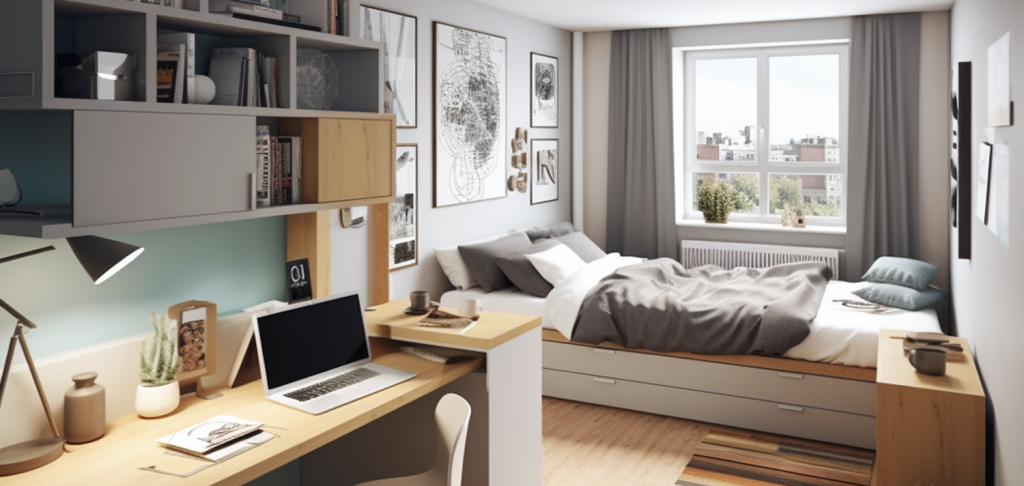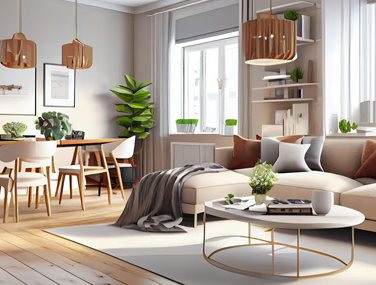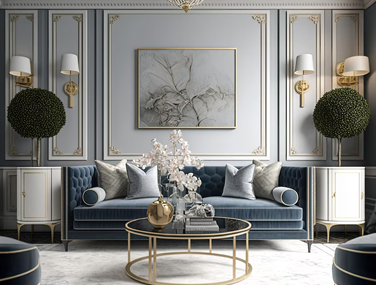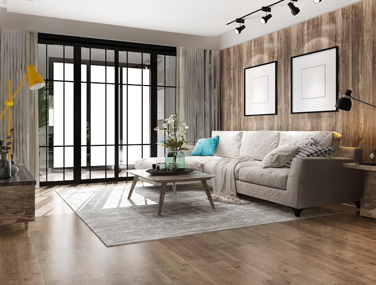Designing Spaces for Shared Living: Considerations for landlordsN

In the modern landscape of housing, the concept of renting individual rooms within a shared living space has gained momentum. Whether it’s co-living arrangements, house shares, or renting out rooms in larger homes, this trend offers a unique blend of affordability and community. If you’re considering renting a room or designing spaces for room renters, here are essential considerations to ensure a harmonious and comfortable living experience:
1. Privacy Matters: While shared living spaces promote community, privacy is equally important. When designing individual rooms, ensure they offer a degree of privacy that allows tenants to retreat, relax, and have personal space. Consider soundproofing measures, adequate storage, and thoughtful layout arrangements that balance openness with privacy.
2. Functional Furnishings: Efficiency is key in shared living. Furnishings should be functional and space-saving, optimizing the available square footage. Invest in multi-purpose furniture like beds with built-in storage, foldable desks, and modular shelving units to make the most of the space while offering tenants convenience and comfort.
3. Personalization Opportunities: Even within shared spaces, tenants appreciate the ability to personalize their rooms. Offer neutral wall colors and design elements that serve as a canvas for individual expression. This encourages a sense of ownership and comfort, turning a rented room into a home.
4. Clear House Rules: Clearly communicate and establish house rules that promote a harmonious living environment. Address noise levels, cleanliness expectations, shared responsibilities, and respectful behavior to ensure that all tenants can coexist comfortably.
5. Flexible Storage Solutions: Room renters often have varying storage needs. Provide flexible storage solutions that accommodate different tenants’ belongings. From closet organization systems to shelves and under-bed storage, offering versatile storage options adds value to the living experience.
6. Ample Lighting: Natural light and adequate artificial lighting are crucial in any living space. Design rooms with ample windows and provide sufficient lighting fixtures that create a welcoming and well-lit environment.
7. Efficient Ventilation: Proper ventilation is essential for shared living spaces. Design rooms with windows that allow for cross-ventilation and ensure that HVAC systems are well-maintained to provide consistent airflow.
8. Consider Shared Spaces: In addition to individual rooms, consider the design of shared spaces where tenants will interact. Common areas, kitchens, and bathrooms should be designed for efficiency, ease of use, and comfort, ensuring that the overall living experience is enjoyable for all.
9. Open Communication Channels: Establish open communication channels between tenants and property managers or landlords. Regularly solicit feedback to understand their needs and address any concerns promptly.
10. Sustainable Practices: Sustainability is a growing concern. Design shared living spaces with energy-efficient appliances, eco-friendly materials, and recycling programs to promote environmentally conscious living.
11. Internet: Providing fast and easily accessible Internet service is a must. The deployment of a mesh Wi-Fi network that cover your entire property is a feature that will be appreciated by your tenants and is highly recommended. Consider using a QR code to allow quick access to your network’s credentials.
Designing spaces for room renters requires a delicate balance between individual comfort and shared community living. By focusing on privacy, functionality, amenities, and fostering a sense of community, you can create a living environment that appeals to modern tenants seeking affordable and enriching shared living experiences. With thoughtful design and clear communication, you’re not just providing rooms; you’re creating a home where tenants can thrive and connect.




